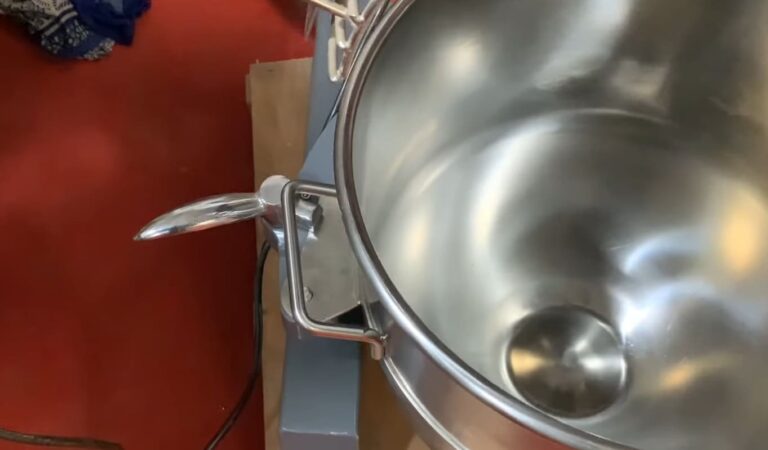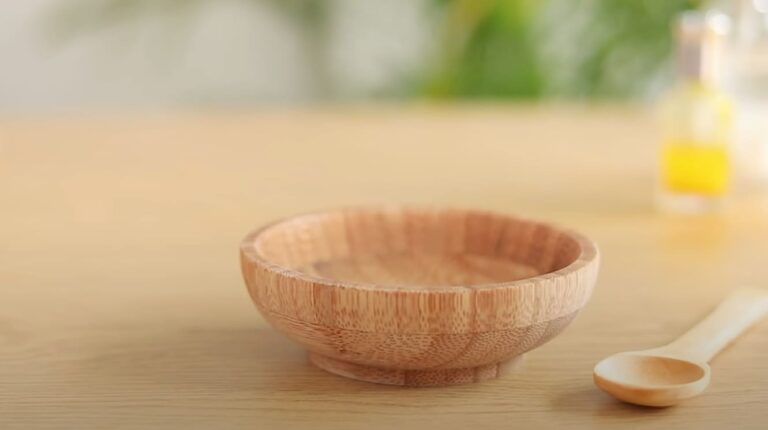Can You Mix Milk and Lemon Juice?
Milk and lemon juice – two staples you likely have in your fridge right now. Milk provides creaminess, protein, and a subtle sweetness, while lemon juice lends bracing tartness and acidity. On their own, each has familiar culinary uses, from pouring over cereal to flavoring seafood. But have you ever wondered what would happen if you combined these seeming opposites? Will they curdle or miraculously come together? This unlikely pairing may seem counterintuitive, yet their distinct flavors and textures hold intriguing potential. Sometimes, the most creative recipes are born from curiosity and experimentation. So grab a mixing bowl, and let’s unlock the possibilities of milk and lemon juice. Who knows what we’ll discover!
Making Buttermilk Substitute
Got a baking recipe calling for buttermilk, but find yourself staring at an empty carton? Wait to run to the store – you can easily whip up a quality buttermilk substitute with just two ingredients you likely have on hand already: milk and lemon juice.
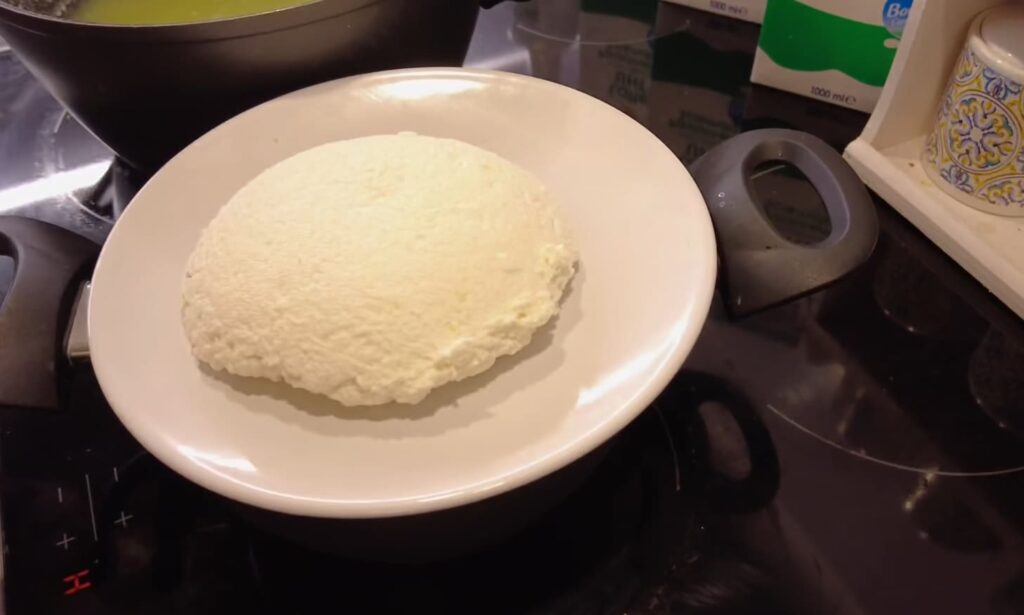
While buttermilk’s distinctive tangy flavor and acidic nature are difficult to replicate precisely, adding a little lemon juice to regular milk mimics the major chemical reactions needed in recipes. When mixed in the right proportions, the lemon’s acidity causes the milk proteins to curdle, creating a good stand-in for traditional buttermilk.
Read on to learn the simple science and techniques behind transforming ordinary milk into a stellar homemade buttermilk alternative. With a dash of lemon and a few minutes of hands-off time, you can effortlessly procure the secret ingredient to complete all your baking recipes. Never find yourself without this kitchen staple again!
The Magic of Buttermilk
Before making a DIY version, let’s understand what gives real buttermilk its special qualities:
- Tangy flavor – has a sour taste from lactic acid
- Acidity – lower pH around 4.5
- Thick texture – the proteins thicken it slightly
- Reacts with baking soda – causes batters to rise
These traits make buttermilk an ideal ingredient in recipes like pancakes, biscuits, and quick breads. Recreating even some of this chemistry with lemon juice captures enough essence for baking success.
The Role of Lemon Juice
What enables lemon juice to mimic the effects of buttermilk?
- Acidic pH – causes similar chemical reactions
- Provides tangy flavor – approximates buttermilk’s sourness
- Interacts with milk proteins – curdling mimics thickness
Though not an exact substitute, lemon juice can convincingly stand in when you’re out of the real stuff.
Choosing the Best Milk
While any milk will work, whole milk yields the closest texture and flavor to real buttermilk. The higher fat content allows for better curdling and a rich, creamy tang. 2% milk also curdles decently. Leaner 1% and skim milk have weaker curds. For optimal results, stick with whole milk.
Figuring the Right Ratio
The ideal amount of lemon juice varies based on how prominent you want the curds and tang. For baking, a good rule of thumb is:
- 1-2 Tbsp lemon juice per cup of milk
This provides enough acidity to curdle without excess tanginess. Adjust to your taste preferences.
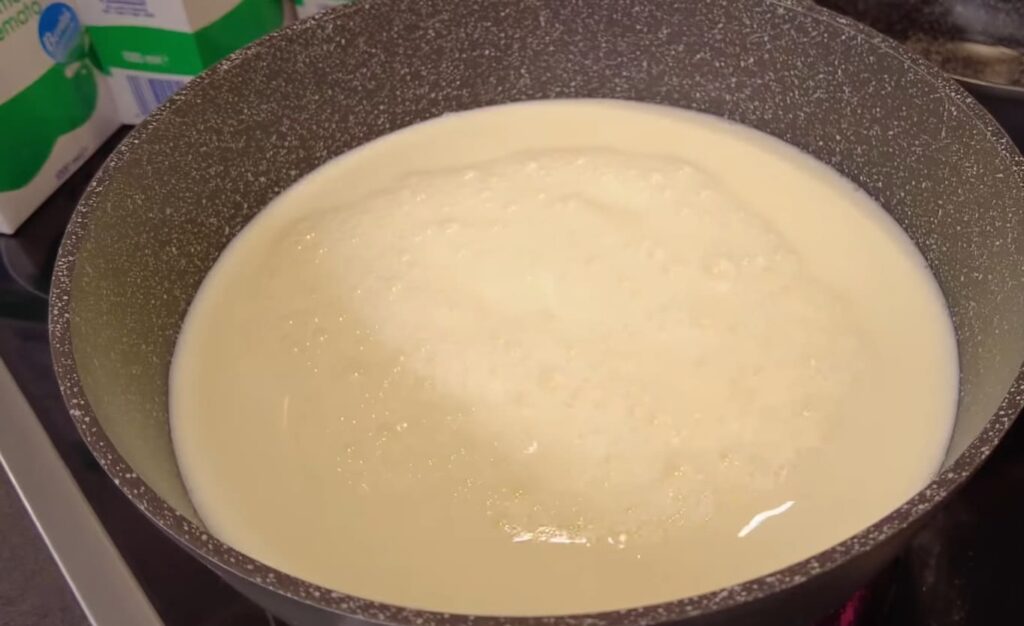
Mixing Method
Proper technique is key to evenly incorporating the lemon for the best curdling effect:
- Pour cold milk into a bowl or measuring cup.
- Add lemon juice gradually while stirring slowly.
- Let sit for 5 minutes as curds begin to form.
- Avoid over-stirring, or curds will break down too much.
- Refrigerate for 30 minutes before using for optimal thickening.
And that’s all it takes to let the lemon work its magic!
Substitution Ratio
When using DIY lemon buttermilk in baking recipes, replace the buttermilk with equivalent amounts of your homemade version. The liquid ratios will be nearly identical.
- 1 cup buttermilk = 1 cup milk curdled with 2-3 Tbsp lemon juice
No other adjustments are needed.
Storage and Handling
Lemon buttermilk substitute keeps refrigerated for 2-3 days. The curds will continue to thicken over time. Gently stir before using. Discard if it smells or looks sour.
Uses Beyond Baking
In addition to baking, homemade lemon buttermilk works great for:
- Pancakes or waffles – makes them extra fluffy!
- Tangy salad dressings and marinades
- Herb-flecked dipping sauces
- Smoothies – blended curds create creaminess
Don’t limit this DIY buttermilk to just baking – get creative with savory uses, too!
Flavoring Ideas
Plain lemon achieves the necessary chemical reaction, but you can also add herbs, spices, or other fruit juices to switch up the flavor:
- Lemon-Garlic-Dill – perfect for salad dressings and marinades
- Lime-Cilantro – a Southwestern twist for tacos or chips
- Orange-Vanilla – Try for a creamsicle vibe in smoothies
- Raspberry-Mint – flavors desserts like cakes and pies
Infuse your DIY buttermilk substitute with your favorite seasonings.
So don’t let a lack of buttermilk derail your baking plans. With just milk and lemon, you can quickly whip up a tasty, reliable substitute to complete pancakes, biscuits, cornbread, and any recipe calling for that distinct tangy creaminess only buttermilk can provide.

Using the Buttermilk Substitute
You’ve mastered the quick technique of turning ordinary milk into a tangy, thickened buttermilk substitute with just a little lemon juice. Now, it’s time to put that homemade creation to work in actual recipes.
Using your DIY lemony buttermilk is seamless in many baked goods. By understanding the chemical reactions at play, you can confidently incorporate your substitute into pancakes, biscuits, cakes, breads, and more.
Read on to learn the keys to successfully swapping in homemade buttermilk in place of the real stuff in all types of baking, cooking, and beverages. With the right strategies, you’ll get stellar results every time. Never let a lack of buttermilk get in the way of great flavor and texture!
Chemical Effects in Baking
First, let’s examine the key chemical effects that buttermilk provides in baked goods:
- Acidity – lowers batter pH, helping baking soda activate
- Liquid content – hydrates flour to develop gluten
- Fat droplets – tenderize baked goods
- Slightly thickened – provides body and texture
By curdling milk with lemon, you can replicate most of these properties sufficiently for baking success.
Pancakes and Waffles
For fluffy pancakes and waffles, the homemade buttermilk substitute mimics key chemical reactions:
- Acidity reacts with baking soda for the rise
- Hydrates flour for structure
- Tenderizes via fat droplets
- Thickens slightly for a fluffy body
Swap in the same quantity of DIY buttermilk for real buttermilk in any recipe.
Biscuits and Scones
In biscuits and scones, your homemade version:
- Activates baking soda for lift
- Hydrates dough for flakiness
- Tenderizes from fat to prevent toughness
- Provides tangy flavor biscuits are known for
Again, use equivalent amounts when replacing true buttermilk.
Cakes and Bread
For cakes, quick bread, and yeast bread, consider:
- Acidity gives lift from soda and activating yeast
- Thins and hydrates batters for easy mixing
- Enhances moisture and tenderness
Substitute 1:1 in cake, muffin, and bread recipes.

Adjusting Other Ingredients
Because lemon juice adds extra liquid, you may need to slightly reduce other liquids in a recipe, like milk or water. Buttermilk’s thickness comes mostly from the proteins, not added thickeners.
Also, consider adding a touch more lemon flavoring or zest to complement the lemon juice if desired.
Uses Beyond Baking
In addition to baking, homemade lemon buttermilk is great for:
- Tangy salad dressings and marinades
- Herb-flecked dips and sauces
- Smoothies – blended curds create a creaminess
- Overnight oats – adds tangy flavor
Infuse your DIY buttermilk into any recipe needing a tangy boost of flavor.
Storing and Handling
Store lemon buttermilk in the refrigerator for up to 4 days. The curds will thicken more over time. Gently stir or shake before using to reincorporate. Discard if it smells or looks spoiled.
Now that you’re armed with the knowledge of how homemade buttermilk behaves in recipes mix up a batch and bake something delicious! From pancakes to biscuits and cakes, don’t let a lack of buttermilk stop you from turning out amazing goodies.
Other Acid Options
While lemon juice is the most common option for curdling milk into a tasty buttermilk substitute, it’s not the only ingredient you can use. A wide variety of other acidic components also interact with milk proteins to provide that distinctive curdling effect and tangy flavor.
By understanding the science behind milk curdling, you open up an array of possibilities for customizing and enhancing this simple technique. Whether you’re out of lemons or want to experiment with different flavors, make sure to limit yourself to the standard lemon juice and milk combo.
Read on to discover the endless alternatives for acidifying milk to mimic delicious homemade buttermilk any time you need it. With a little creativity and knowledge of acidity levels, you can transform basic milk into a bold new creation.
How Acidity Levels Impact Curling
First, let’s examine how the pH level of different acids influences curdling:
- Higher acidity – more rapid and prominent curdling effect
- Lower acidity – slower, more subtle curdling
- Powerfully acidic – can make milk too tangy
Shoot for acids in the midrange for controlled curdling with nuanced flavor.
Everyday Acidic Kitchen Staples
Many common kitchen acids have enough tartness to curdle milk:
- Vinegar – wine, rice, cider, balsamic
- Citrus juices – lime, grapefruit, orange
- Tomato juice – brings a nice red hue
- Yogurt or kefir – lactic acid provides tang
Don’t just default to lemons – branch out with acids already in your fridge.
Using Vinegar for Curdling
Distilled white, apple cider, and wine vinegar all work to curdle milk:
- Provides strong acidity for prominent curdling
- Imparts tangy, bright flavor
Use sparingly – about 1 Tbsp vinegar per cup of milk.
Citrus Juices Beyond Lemons
Any citrus juice containing citric acid can curdle milk:
- Limes – nice floral tanginess
- Oranges – bright sweetness
- Grapefruit – moderate bitterness
Use approximately 2-3 Tbsp juice per cup of milk.
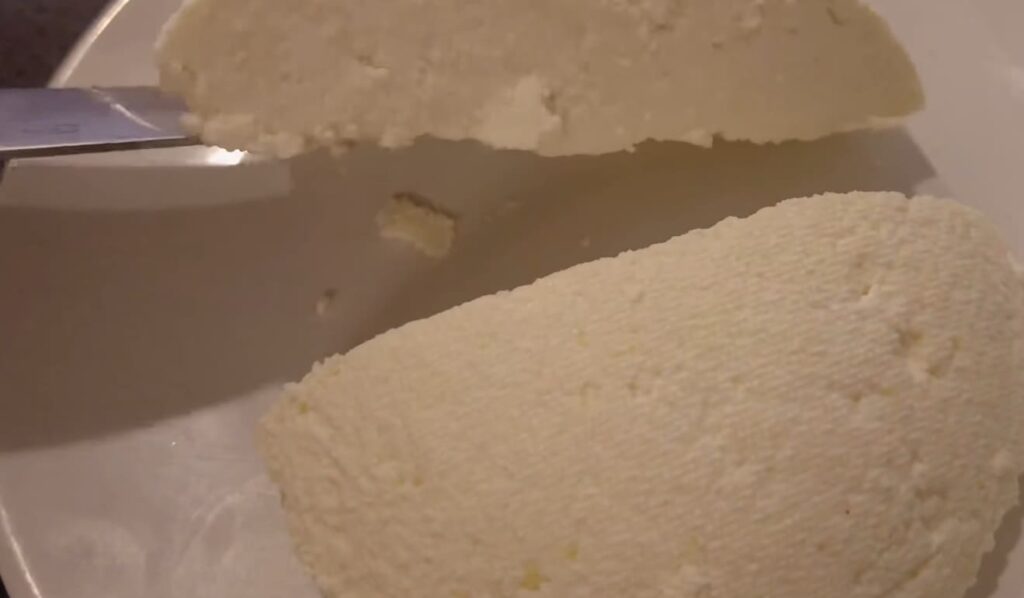
Savory Acidic Liquids
For a uniquely savory buttermilk, try acids like:
- Tomato juice – umami tang works in dressings
- Worcestershire sauce – adds depth of flavor
- Pickling liquid – infuses briny flavor
Use about 2-5 Tbsp per cup of milk.
Probiotic Options
Fermented items like kefir, yogurt, and kombucha lend an acidic tang via natural probiotics:
- Kefir – similar texture to buttermilk
- Plain yogurt – boosts protein content
- Kombucha – vinegary effervescence
Use 1/4 to 1/2 cup per cup of milk. You may need to strain out chunks.
As you can see, you’re limited only by your imagination when it comes to substituting different acids to curdle milk for homemade buttermilk. The possibilities are endless for customization based on what flavors you have on hand. Get creative with your curdling!
FAQ
What happens when you mix milk and lemon juice together?
When milk and lemon juice are combined, the lemon juice’s acidity causes the milk’s proteins to coagulate or curdle. The end result is a semi-solid mixture with a chunky, cottage cheese-like texture and a tangy flavor. The level of curdling depends on the ratio of lemon juice to milk. Small amounts of lemon make milk tangy, while higher proportions cause more solid curds.
Why does lemon juice curdle milk?
Curdling occurs due to the acidity interacting with the milk proteins. Milk is an emulsion consisting of fat globules and milk proteins suspended in water. The proteins – casein and whey – have a neutral pH. When acidic lemon juice is added, the proteins break apart from the negative charge. This denatures the proteins so they unravel and clump together into solid curds. The amount of curdling depends on the level of acidity introduced.
Should milk be cold or warm when adding lemon juice?
Either temperature of milk will curdle when lemon juice is added. However, results are best when using cold milk straight from the refrigerator. Warm or hot milk coagulates more rapidly into bigger, more rubbery chunks. The more gradually the lemon juice can slowly destabilize the proteins, the smaller and more tender the final curd texture.
What ratio of lemon juice to milk is ideal?
The ideal lemon juice-to-milk ratio depends on the desired outcome:
- For just light tanginess, use 1 Tbsp lemon juice per cup of milk.
- For prominent curdling, use up to 1/4 cup of lemon juice per cup of milk.
- For smooth lemonade, use equal parts lemon juice and milk.
- For thick Greek yogurt texture, use about 3 Tbsp per cup.
Adjust the lemon amount based on how much curdling and tanginess you want. Smaller amounts of lemon make milk tangy but still liquid. More makes chunky curds.
How do you properly mix lemon juice and milk?
- Use cold milk straight from the refrigerator.
- Pour milk into a bowl or measuring cup.
- Add lemon juice gradually while stirring slowly.
- Stir for 2-3 minutes until incorporated.
- Refrigerate for 30 minutes to allow curds to form before using.
- Avoid over-stirring, or curds will be too broken up.
What are some uses for milk curdled with lemon juice?
- Smoothies or milkshakes – blends into a creamy texture
- Yogurt Substitute
- Pancakes or waffles – makes them fluffier
- Pudding or custard filling
- Topping for fruit, desserts, or oatmeal
- Tangy salad dressings, soups, sauces
- Marinade tenderizer for meats
- Substitute for buttermilk in baked goods
- Homemade ricotta cheese
- Raita or tzatziki
The possibilities are endless for using this simple curdled milk!
What types of milk work best?
- Whole milk – highest fat content yields the most tender, rich curds
- 2% milk – produces decent curdling and tang
- Skim or 1% milk – lower fat gives weaker curds
- Avoid non-dairy milks as they won’t curdle properly
Whole milk is ideal, but 2% also curdles well. Lower-fat milk doesn’t coagulate as nicely.
Can other citrus juices be used besides lemon to curdle milk?
Yes, other acidic citrus juices can be substituted for the lemon juice with similar curdling effects, including:
- Lime juice
- Orange juice
- Grapefruit juice
- Vinegar or verjus can also be used
Lemon juice is the most common, but experimenting with other citrus varieties can yield delicious flavor variations. The key is an acidic pH to trigger curdling.
Related Video: Pour the lemon juice in the milk, i will never buy in the store again
Summarize
In conclusion, milk and lemon juice can absolutely be mixed together successfully with delicious results despite their opposing natures. The key is adding just the right amount of lemon juice to achieve the desired flavor and texture. With proper ratios and gentle mixing, the milk’s creaminess balances the lemon’s tanginess for a smooth, queniable beverage. So don’t be afraid to experiment with this unlikely duo – with some simple tweaks, you can create refreshing lemonade, smoothies, curds, buttermilk, and more. Milk and lemon juice prove that even polar opposites can come together in harmony with the right technique.




